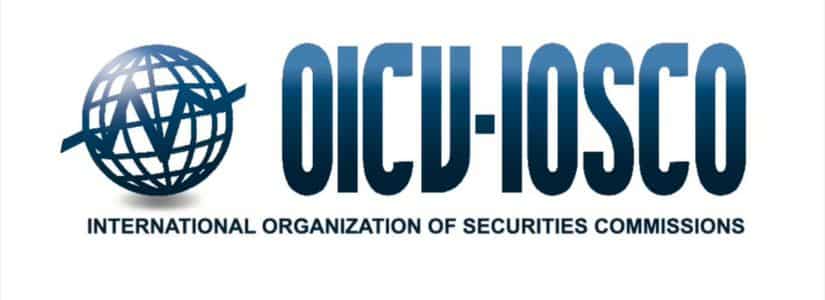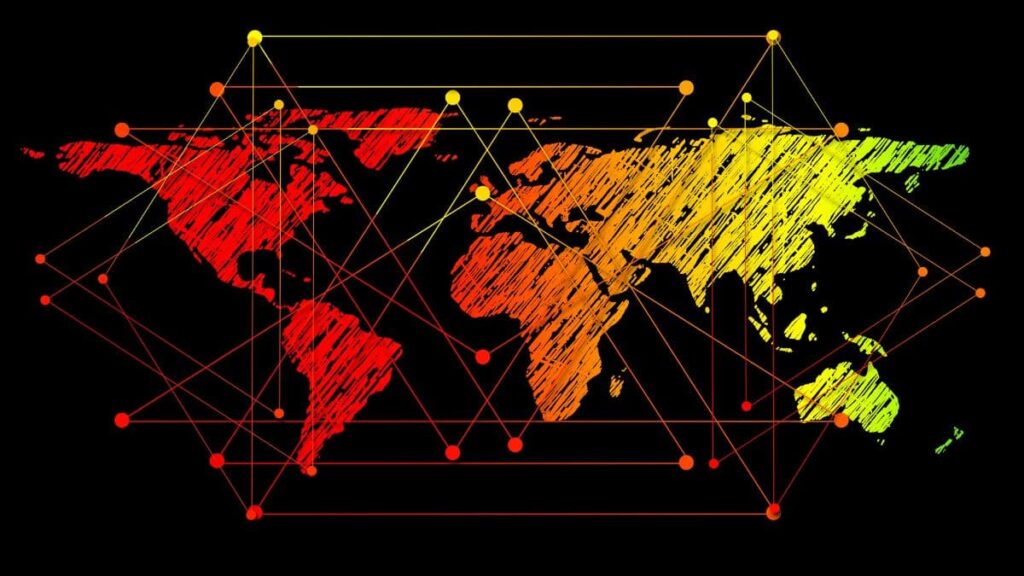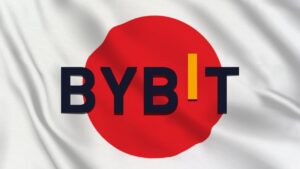The International Organization of Securities Commissions (IOSCO) announced on Tuesday the introduction of the world’s first global approach to regulating crypto-assets and digital markets. This development comes in response to the lessons learned from the collapse of the FTX exchange last year, which raised concerns about consumer protection within the crypto industry.
Unlike traditional financial markets, the crypto sector has largely operated without consistent global regulations, with each jurisdiction implementing its own rules. However, recent events, such as the fall of several crypto firms last year, have prompted regulators worldwide to intervene and demand comprehensive rules for entities that combine various activities under one roof.
IOSCO will finalize the global regulatory standards this year
According to Jean-Paul Servais, the chairperson of IOSCO, the 18 proposed measures aim to apply well-established safeguards from traditional markets to eliminate conflicts of interest across different aspects of crypto transactions.
IOSCO intends to finalize these global standards by the end of the year and expects its 130 members, which include prominent regulatory bodies like the U.S. Securities and Exchange Commission, Japan’s Financial Services Agency, the UK’s Financial Conduct Authority, and Germany’s BaFin, to incorporate them into their respective rulebooks.

This initiative seeks to eliminate fragmented regulation and prevent firms from exploiting regulatory gaps by playing regulators against each other.
To ensure widespread participation and accountability, IOSCO has launched a public consultation to gather public opinions on the proposed regulations. This move comes after the European Union recently implemented the world’s first comprehensive rules for crypto-assets, increasing pressure on countries like the United States to establish their own regulatory frameworks.
As outlined in the official document, the proposed 18 recommendations cover six crucial areas: conflicts of interest resulting from vertical integration, market manipulation, insider trading, and fraud; cross-border risks and regulatory cooperation; custody and client asset protection; operational and technological risk; and retail access, suitability, and distribution.
Meanwhile, IOSCO took into account the existing definitional and interpretive jurisdictional differences to develop these recommendations, adopting a functional and economic approach to mitigate risks rather than relying on a one-size-fits-all taxonomy.
By mapping existing IOSCO standards, principles, and sector-specific recommendations to the infrastructure and activities of participants in crypto-asset markets, IOSCO aimed to align its policy framework with identified risks.
Recognizing the varying regulatory landscapes, the recommendations acknowledge that some jurisdictions already have frameworks in place for regulating crypto and digital assets, while others are in the process of developing such frameworks. Additionally, the responsibility for oversight and regulation may be distributed among multiple regulators with complementary mandates and objectives.
Therefore, each jurisdiction should implement these recommendations within its existing or developing frameworks, considering the roles of different regulators and the outcomes achieved through their frameworks.










